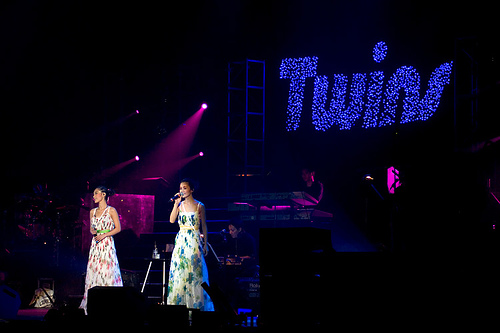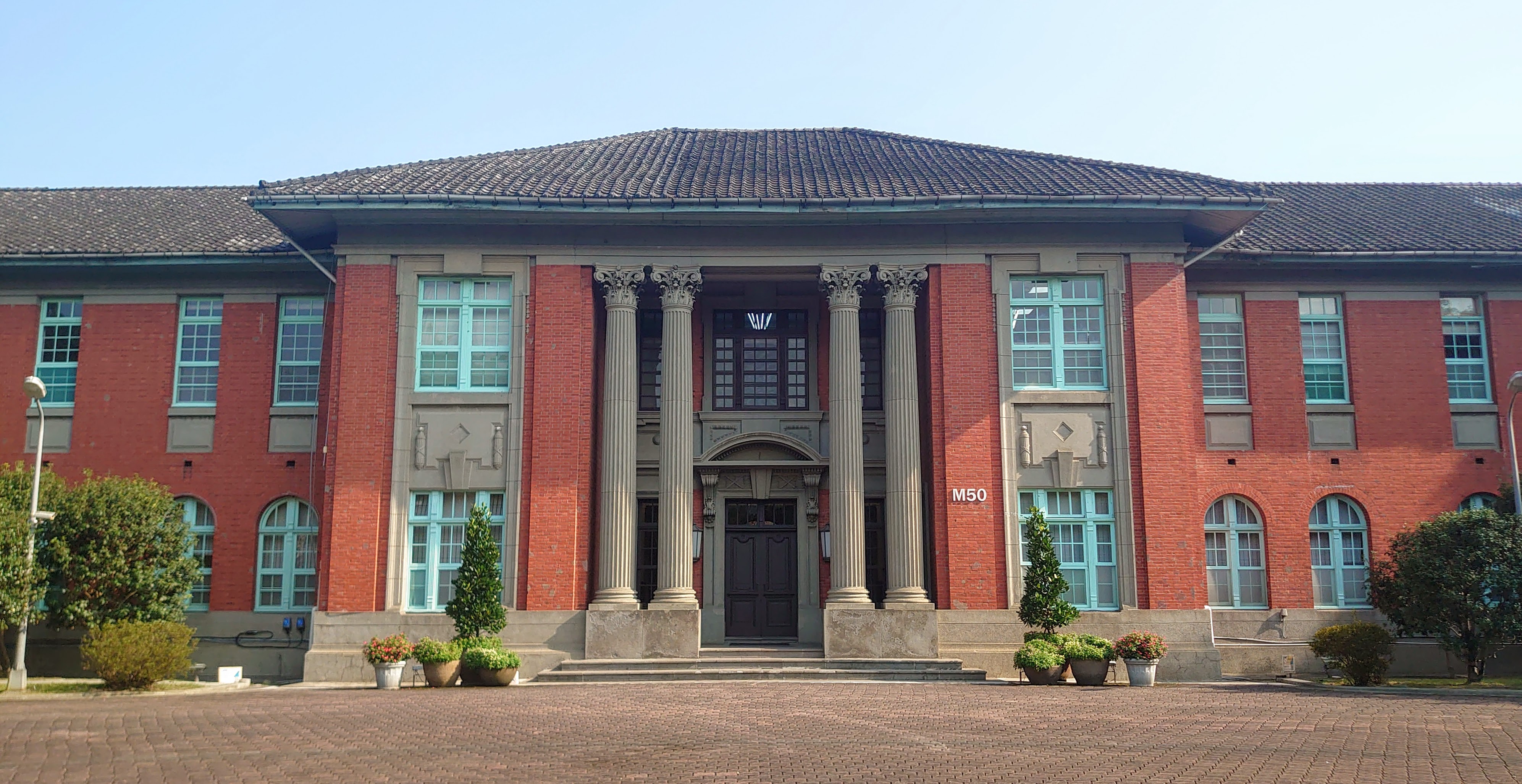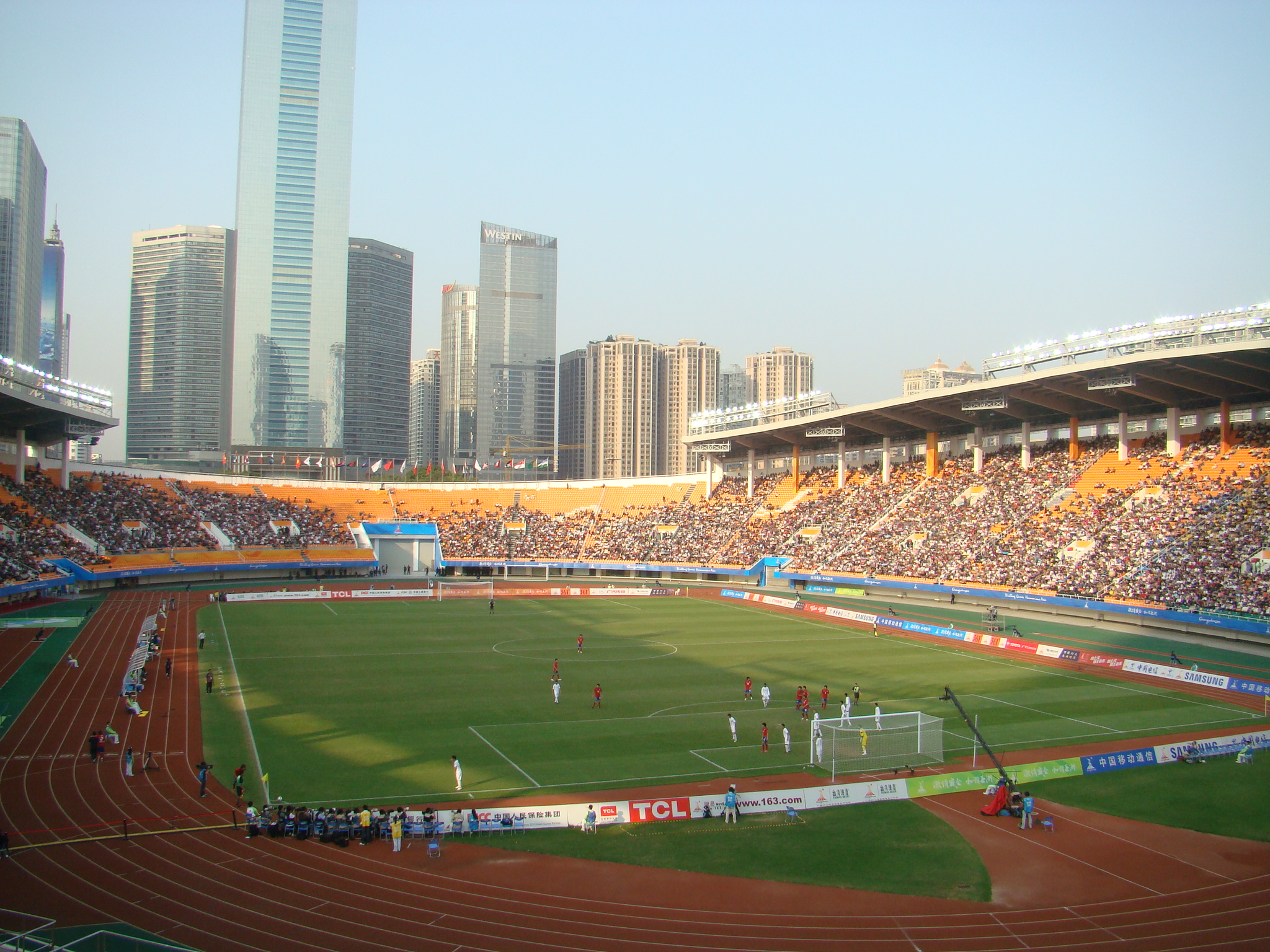|
Global Chinese Pop Chart
The Global Chinese Pop Chart (全球华语歌曲排行榜, ''quánqiú huáyŭ gēqŭ páihángbàng'') is a Chinese language record chart, pop music chart compiled by 7 Chinese language radio stations across Asia. It was founded in 2001 by Beijing Music Radio, Shanghai Eastern Broadcasting (:zh:上海人民廣播電台, zh), Radio Guangdong, Radio Television Hong Kong, Hit Fm Taiwan, subsequently replaced by Taipei Pop Radio, and Malaysia's 988 FM.Billboard - 23 Sep 2000 - Page 57 Vol. 112, No. 39 "By Winnie Chung, Hong Kong — The first-ever unified Chinese pop music chart in Asia will officially make its debut Sept. 30. Seven Asian regional radio stations have pooled resources to set up the new Global Chinese Pop chart. They are Radio Television Hong Kong (RTHK), Beijing Music Radio, East Radio Shanghai, Radio Guangdong, Taiwan-based Broadcasting Corp. of China, Radio Corp. of Singapore, and Malaysia's Radio Rediffusion." The chart's definition of "Chinese language" covers all ... [...More Info...] [...Related Items...] OR: [Wikipedia] [Google] [Baidu] |
Chinese Language
Chinese (, especially when referring to written Chinese) is a group of languages spoken natively by the ethnic Han Chinese majority and many minority ethnic groups in Greater China. About 1.3 billion people (or approximately 16% of the world's population) speak a variety of Chinese as their first language. Chinese languages form the Sinitic branch of the Sino-Tibetan languages family. The spoken varieties of Chinese are usually considered by native speakers to be variants of a single language. However, their lack of mutual intelligibility means they are sometimes considered separate languages in a family. Investigation of the historical relationships among the varieties of Chinese is ongoing. Currently, most classifications posit 7 to 13 main regional groups based on phonetic developments from Middle Chinese, of which the most spoken by far is Mandarin (with about 800 million speakers, or 66%), followed by Min (75 million, e.g. Southern Min), Wu (74 million, e.g. Shangh ... [...More Info...] [...Related Items...] OR: [Wikipedia] [Google] [Baidu] |
Cantopop
Cantopop (a contraction of "Cantonese pop music") or HK-pop (short for "Hong Kong pop music") is a genre of pop music written in standard Chinese and sung in Cantonese. Cantopop is also used to refer to the cultural context of its production and consumption. The genre began in the 1970s and became associated with Hong Kong popular music from the middle of the decade. Cantopop then reached its height of popularity in the 1980s and 1990s before slowly declining in the 2000s and experiencing a slight revival in the 2010s. The term "Cantopop" itself was coined in 1978 after "Cantorock", a term first used in 1974. In the eighties Cantopop has reached its highest glory with fanbase and concerts from allover the world, especially from Mainland China, Taiwan, Singapore, Malaysia, South Korea, and Japan. This is even more obvious with the influx of songs from Hong Kong movies during the time. Besides Western pop music, Cantopop is also influenced by other international genres, includin ... [...More Info...] [...Related Items...] OR: [Wikipedia] [Google] [Baidu] |
Hong Kong Coliseum
Hong Kong Coliseum, commonly known as the Hung Hom Coliseum, is a multi-purpose indoor arena, in Hung Hom Bay, Kowloon, Hong Kong near Hung Hom station. It is in Yau Tsim Mong District. It was built by the Urban Council and inaugurated on 27 April 1983. The opening of the stadium coincided with the 100th anniversary of the Urban Council. The coliseum has 12,500 seats, which is the second largest among indoor facilities in Hong Kong, only behind the 2005-opened AsiaWorld–Arena. It is now managed by the Leisure and Cultural Service Department of the Hong Kong Government. Facilities The Hong Kong Coliseum consists of a big arena and a number of conference rooms. Arena The arena is rectangular with sides 41m each, with a concrete cement flooring. During performances, the floor may be covered with different overmounted floorings, such as demountable wooden flooring or various rubberized roll-outs, to facilitate the set-up of sporting equipment and the playing of different ... [...More Info...] [...Related Items...] OR: [Wikipedia] [Google] [Baidu] |
Beijing Exhibition Center
The Beijing Exhibition Center () was established in 1954 as a comprehensive exhibition venue in Beijing, China. Built in the Sino-Soviet architectural style that was popular in the 1950s, the Beijing Exhibition Center contains three large exhibition halls as well as museums. It has a theater hall () with 1,000 seats, playing a wide range of shows including Chinese plays, Western and Chinese operas and ballets, musicals and rock concerts. It also hosts the Moscow Restaurant, one of the first Western restaurants in China. History Sino-Soviet Friendship Formerly known as the Soviet Exhibition Center, the venue was built by Soviet architects to promote Sino-Soviet friendship. The idea was first proposed by Chinese politician Li Fuchun as part of an effort to showcase the modernity of the USSR. Three other exhibition centers were built in Shanghai, Guangzhou, and Wuhan. Along with galleries of Soviet industrial technology, the venues exhibited Soviet paintings, ballet, and cuisine. C ... [...More Info...] [...Related Items...] OR: [Wikipedia] [Google] [Baidu] |
Putra Indoor Stadium
Putra Indoor Stadium (Malay: ''Stadium Putra''), currently named as Axiata Arena for sponsorship reasons, is a multi-purpose indoor arena in Kuala Lumpur, Malaysia. Background The stadium is located in the premise of the National Sports Complex of Bukit Jalil, Kuala Lumpur, Malaysia. It is one of several sports facilities in the National Sports Complex which includes the main stadium, Bukit Jalil National Stadium, National Hockey Stadium, National Squash Centre, and National Aquatic Centre and also a Seri Putra Hall The arena has the highest seating capacity of any indoor venue in Malaysia with a maximum capacity of 16,000 seats. The stadium has 3 main doors which lead to a rectangular arena 69 × 25 meters large, which can adapt to different sports formats like boxing, badminton, basketball, volleyball, table tennis, judo, handball, wrestling and gymnastics. The stadium is also fully customisable for concerts during both day and night due to its opaque roof and can attract ... [...More Info...] [...Related Items...] OR: [Wikipedia] [Google] [Baidu] |
Kuala Lumpur
, anthem = '' Maju dan Sejahtera'' , image_map = , map_caption = , pushpin_map = Malaysia#Southeast Asia#Asia , pushpin_map_caption = , coordinates = , subdivision_type = Country , subdivision_name = , subdivision_type1 = Administrative areas , subdivision_name1 = , established_title = Establishment , established_date = 1857 , established_title2 = City status , established_date2 = 1 February 1972 , established_title3 = Transferred to federal jurisdiction , established_date3 = 1 February 1974 , government_type = Federal administrationwith local government , governing_body = Kuala Lumpur City Hall , leader_title = Mayor , leader_name = Mahadi bin Che Ngah , total_type = Federal territory , area_footnotes = , area_total_km2 = 2 ... [...More Info...] [...Related Items...] OR: [Wikipedia] [Google] [Baidu] |
National Taiwan University
National Taiwan University (NTU; ) is a public research university in Taipei, Taiwan. The university was founded in 1928 during Japanese rule as the seventh of the Imperial Universities. It was named Taihoku Imperial University and served during the period of Japanese colonization. After World War II, the Nationalist Kuomintang (KMT) government assumed the administration of the university. The Ministry of Education reorganized and renamed the university to its current name on November 15, 1945, with its roots of liberal tradition from Peking University in Beijing by former NTU President Fu Ssu-nien. The university consists of 11 colleges, 56 departments, 133 graduate institutes, about 60 research centers, and a school of professional education and continuing studies. Notable alumni include Tsai Ing-Wen, current President of the Republic of China, former presidents Lee Teng-hui, Chen Shui-bian and Ma Ying-jeou, Turing Award laureate Andrew Yao, and Nobel Prize in Chemistry ... [...More Info...] [...Related Items...] OR: [Wikipedia] [Google] [Baidu] |
Shanghai Indoor Stadium
Shanghai Indoor Stadium, () also known as the Shanghai Grand Stage, is a multi-purpose gymnasium in Shanghai. Hailed as a great feat of engineering at the time of its construction, the building is now considered dated and out-classed by newly constructed sporting facilities nearby. It is now used for entertainment events and sporting competitions, like table tennis. Name The Shanghai Indoor Stadium is located close to Shanghai Stadium. The two facilities have very similar names in Chinese – the Shanghai Indoor Stadium is literally called a "Sports Arena" () while the Shanghai Stadium is called a "Sports Field" () – while in English their names differ only by the addition of "Indoor". This poor translation has been a source of confusion, especially after the opening of Shanghai Metro Line 4 with adjacent stations of these names. When serving as a concert venue, it is often referred to as Shanghai Grand Stage () or Shanghai Gymnasium. It is also the venue for the annual ... [...More Info...] [...Related Items...] OR: [Wikipedia] [Google] [Baidu] |
Tianhe Stadium
Tianhe Stadium () is a multi-purpose stadium in Tianhe District, Guangzhou, Guangdong, China. It is currently used for football matches. History Construction of the stadium began on 4 July 1984 at the former site of Guangzhou Tianhe Airport. It was opened in August 1987 for the 1987 National Games of China. It hosted the final of the inaugural FIFA Women's World Cup in 1991. The stadium has hosted the home matches of local football team Guangzhou since 2011. In February 2016, the club obtained the operating rights of the stadium from Guangzhou Sports Bureau for the next twenty years. The stadium hosted the football finals of the 2010 Asian Games and the final match of the AFC Champions League twice, in 2013 and 2015. Transport The stadium is best reached by taking Guangzhou Metro The Guangzhou Metro () ( and ) is the rapid transit system of the city of Guangzhou in Guangdong Province of China. It is operated by the state-owned Guangzhou Metro Corporation and was the ... [...More Info...] [...Related Items...] OR: [Wikipedia] [Google] [Baidu] |
Capital Indoor Stadium
The Capital Indoor Stadium () is an indoor arena in 56 Zhongguancun South Street, Beijing, China that was built in 1968. It hosted matches between national table tennis teams of China and the United States in 1971; these matches were part of the exchange program known as ''ping pong diplomacy''. History It has a capacity of 17,345 and a floor space of 54,707 square meters expanded from the old 53,000. It was renovated for the first time between 2000 to 2001 to become a venue for the 2001 Summer Universiade. The stadium hosted one of the first NBA games in China, hosted on October 17, 2004 in front of a sellout capacity of 17,903. It also hosted the first-ever professional football game featuring all-stars from the Arena Football League to help promote the new AFL China league (now known as the China Arena Football League. Capital Indoor Stadium has undergone a new renovation and expansion that was completed in late 2007 for the 2008 Summer Olympics, where it hosted volleybal ... [...More Info...] [...Related Items...] OR: [Wikipedia] [Google] [Baidu] |
List Of Global Chinese Pop Chart Number-one Songs Of 2018
This is a list of the songs that topped the Global Chinese Pop Chart in 2018. The Global Chinese Pop Chart (全球华语歌曲排行榜) is a weekly Chinese language pop music chart compiled by 7 Chinese language radio stations across Asia: Beijing Music Radio, Shanghai Eastern Broadcasting ( zh), Radio Guangdong, Radio Television Hong Kong, Taipei Pop Radio, Singapore's Y.E.S. 93.3FM and Malaysia's 988 FM. The chart's definition of "Chinese language" covers all three main genres of C-pop: Mandopop, Cantopop and Hokkien pop Hokkien pop, also known as Taiwanese Hokkien popular music, T-pop (), Tai-pop, Minnan Pop and Taiwanese song (), is a popular music genre sung in Taiwanese Hokkien and produced mainly in Taiwan. Hokkien pop is most popular amongst Hoklo people in .... Chart history References {{GlobalChinesePop Global Pop 2018 Number-one songs China pop ... [...More Info...] [...Related Items...] OR: [Wikipedia] [Google] [Baidu] |
List Of Global Chinese Pop Chart Number-one Songs Of 2017
This is a list of the songs that topped the Global Chinese Pop Chart in 2017. The Global Chinese Pop Chart (全球华语歌曲排行榜) is a weekly Chinese language pop music chart compiled by 7 Chinese language radio stations across Asia: Beijing Music Radio, Shanghai Eastern Broadcasting ( zh), Radio Guangdong, Radio Television Hong Kong, Taipei Pop Radio, Singapore's Y.E.S. 93.3FM and Malaysia's 988 FM. The chart's definition of "Chinese language" covers all three main genres of C-pop: Mandopop, Cantopop and Hokkien pop Hokkien pop, also known as Taiwanese Hokkien popular music, T-pop (), Tai-pop, Minnan Pop and Taiwanese song (), is a popular music genre sung in Taiwanese Hokkien and produced mainly in Taiwan. Hokkien pop is most popular amongst Hoklo people in .... Chart history References {{GlobalChinesePop Global Pop 2017 Number-one songs China pop ... [...More Info...] [...Related Items...] OR: [Wikipedia] [Google] [Baidu] |


.jpg)




